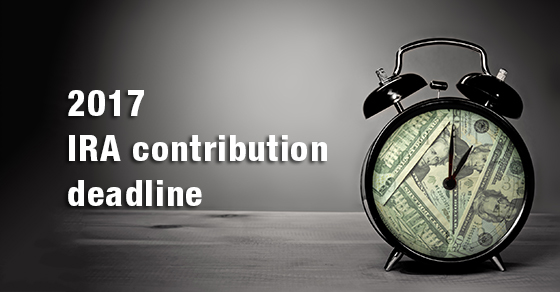If your small business doesn’t offer its employees a retirement plan, you may want to consider a SIMPLE IRA. Offering a retirement plan can provide your business with valuable tax deductions and help you attract and retain employees. For a variety of reasons, a SIMPLE IRA can be a particularly appealing option for small businesses. The deadline for setting one up for this year is October 1, 2018.
The basics
SIMPLE stands for “savings incentive match plan for employees.” As the name implies, these plans are simple to set up and administer. Unlike 401(k) plans, SIMPLE IRAs don’t require annual filings or discrimination testing.
SIMPLE IRAs are available to businesses with 100 or fewer employees. Employers must contribute, and employees have the option to contribute. The contributions are pretax, and accounts can grow tax-deferred like a traditional IRA or 401(k) plan, with distributions taxed when taken in retirement.
As the employer, you can choose from two contribution options:
- Make a “nonelective” contribution equal to 2% of compensation for all eligible employees. You must make the contribution regardless of whether the employee contributes. This applies to compensation up to the annual limit of $275,000 for 2018 (annually adjusted for inflation).
- Match employee contributions up to 3% of compensation. Here, you contribute only if the employee contributes. This isn’t subject to the annual compensation limit.
Employees are immediately 100% vested in all SIMPLE IRA contributions.
Employee contribution limits
Any employee who has compensation of at least $5,000 in any prior two years and is reasonably expected to earn $5,000 in the current year can elect to have a percentage of compensation put into a SIMPLE IRA.
SIMPLE IRAs offer greater income deferral opportunities than ordinary IRAs but lower limits than 401(k)s. An employee may contribute up to $12,500 to a SIMPLE IRA in 2018. Employees age 50 or older can also make a catch-up contribution of up to $3,000. This compares to $5,500 and $1,000, respectively, for ordinary IRAs, and $18,500 and $6,000 for 401(k)s. (Some or all of these limits may increase for 2019 under annual cost-of-living adjustments.)
You’ve got options
A SIMPLE IRA might be a good choice for your small business, but it isn’t the only option. The more-complex 401(k) plan we’ve already mentioned is one alternative. Some others are a Simplified Employee Pension (SEP) and a defined-benefit pension plan. These two plans don’t allow employee contributions and have other pluses and minuses. Contact us to learn more about a SIMPLE IRA or to hear about other retirement plan alternatives for your business.







